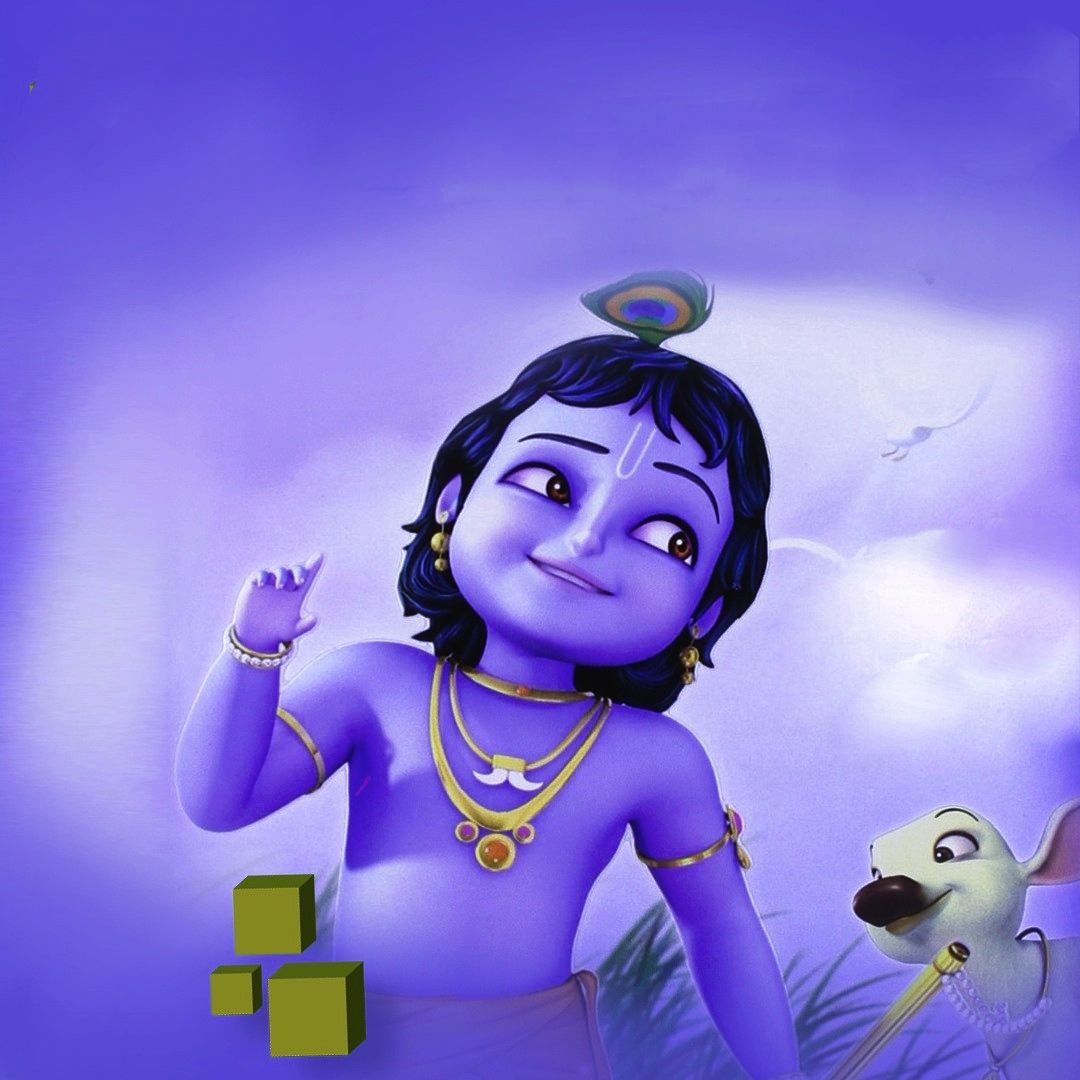Little Krishna, a beloved figure in Hindu mythology, embodies innocence, mischief, and divine love. littlekrishnaimages of this charming deity capture the hearts of many, inviting devotees and admirers alike into a world filled with enchantment. From his playful antics as a child to his unwavering compassion as a divine being, each representation of Little Krishna tells a unique story that resonates with the spirit of devotion and joy.
The allure of Little Krishna images lies not only in their artistic beauty but also in the profound emotions they evoke. These visuals often depict him surrounded by friends, playing the flute, or frolicking with the cows in lush pastures. They serve as a reminder of his divine presence in everyday life, inspiring countless individuals to seek a connection with the divine. As we explore the delightful realm of Little Krishna images, we delve into the rich tapestry of art and spirituality that celebrates this beloved figure.
The Symbolism of Little Krishna
Little Krishna, often depicted as a playful child, embodies the essence of joy and mischief. His images portray him indulging in butter stealing and frolicking with his friends, symbolizing the innocence and bliss of childhood. This representation resonates with devotees, reminding them of the purity and spontaneity found in the early years of life. These enchanting images evoke feelings of nostalgia and a deep connection to the divine, illustrating how joy can be intertwined with spirituality.
Additionally, Little Krishna's playful nature serves as a metaphor for the idea of divine love and companionship. In various artworks, he is portrayed surrounded by other children, showcasing the importance of community and friendship in the spiritual journey. These visual representations highlight the significance of relationships, teaching that love and joy are essential components of a fulfilling life. Each image invites admirers to reflect on the importance of connection with others in the pursuit of divine understanding.
The imagery of Little Krishna also holds a deeper philosophical significance. His playful antics often symbolize the cosmic play, or Lila, that characterizes the universe's rhythm. Through these images, artists and devotees alike express the belief that life, with its ups and downs, is a divine play in which everyone is a participant. The illustrations capture this profound teaching, encouraging viewers to embrace life's journey with a light heart, much like Little Krishna himself.
Iconic Depictions in Art
The imagery of little Krishna has captivated artists across centuries, manifesting in various styles and mediums. Traditional Indian paintings, particularly the Pahari and Mughal styles, often portray Krishna as a playful child, adorned with vibrant clothing and an aura of divine charm. His mischievous exploits, such as stealing butter or frolicking with his friends, are iconic themes that have inspired countless works. In each piece, the use of color and delicate brushwork captures the essence of innocence and divine playfulness, inviting viewers to connect with Krishna's joyful spirit.
In modern art, depictions of little Krishna continue to evolve while retaining their cultural significance. Contemporary artists reinterpret Krishna in bold and abstract forms, combining traditional motifs with modern techniques. This fusion appeals to a broader audience, reflecting the timeless nature of Krishna's appeal. Furthermore, varied interpretations portray Krishna as a symbol of love, devotion, and the divine, allowing artists to explore deeper philosophical themes through their work. Each creation serves as both homage and innovation, enriching the existing body of art associated with this beloved figure.
Krishna's images are not limited to paintings; they extend into sculptures, murals, and digital art as well. Each medium offers a unique perspective on his character, enabling artists to experiment with texture and form. Sculptors like Ramkinkar Baij have brilliantly captured the dynamic movement of Krishna’s playful nature through their works, while murals in temples encapsulate stories of his life in grand narratives. The evolution of little Krishna images across different artistic expressions illustrates how his legacy continues to inspire and resonate with each generation, celebrating the enchanting journey of this divine child.
Cultural Significance and Legacy
Little Krishna images hold a profound place in Indian culture, representing the playful and mischievous aspects of the deity's persona. These depictions often illustrate his childhood exploits, resonating with themes of joy and innocence. They serve not only as artistic expressions but also as tools for storytelling in various forms, from folk traditions to classical art, preserving the rich narratives of Krishna's early life.

The legacy of little Krishna images extends beyond mere art; they symbolize the spiritual and moral lessons associated with Krishna's character. Parents often use these images to impart values of love, compassion, and devotion to their children. The playful nature of young Krishna acts as a reminder of the importance of joy and creativity in spiritual practice, making the images relatable to devotees of all ages.
In contemporary settings, little Krishna images have found their way into modern homes, festivals, and educational materials. They inspire a sense of community and cultural identity, encouraging practices that celebrate traditional values while adapting to modern realities. This evolution underscores the timeless appeal of these images, ensuring that the legacy of little Krishna continues to thrive across generations.
